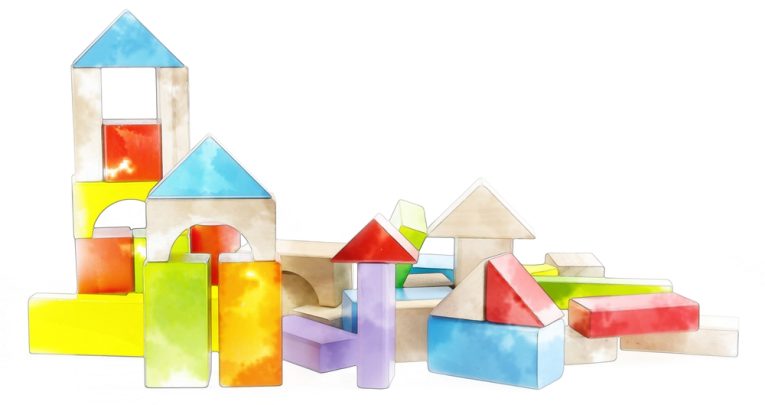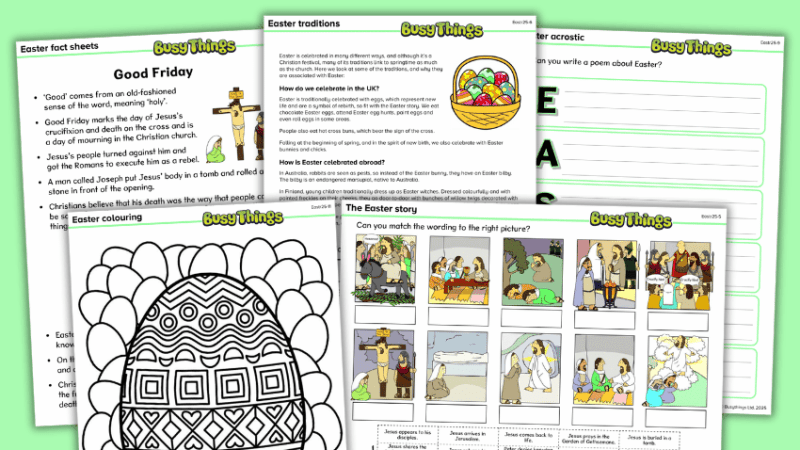Q&A – What Does ‘Open-Ended Play’ Actually Mean?

Fiona Bland, early years adviser at NDNA, clears up the misconceptions surrounding open-ended play…

- by Fiona Bland

What is open-ended play?
Children are naturally curious and explore the world around them through play experiences. Open-ended play can be described as play that has no pre-determined limitations and no fixed answer – children simply follow their imagination to allow the play to go in any direction their creativity takes them. As there are no set outcomes, there is no ‘right’ or ‘wrong’ with open-ended play.
What is the difference between open-ended resources and made-for-purpose toys?
Made-for-purpose toys are often single-purpose – think puzzles or games which have a predetermined conclusion (a puzzle is completed, a game has a winner). In contrast, in a child’s hands a stick can be anything they want it to be – a horse, a guitar, a magic wand, a tool to make marks with in the sand or soil, or part of a den-building project.
Open-ended resources are multi-use and encourage a child to use their imagination and creativity. There are no rules, no expectations, no specific problems to solve, and no pressure to produce a finished product when engaging freely in open-ended play. An open-ended resource is any item that can be used in a range of ways – this could include things such as wooden blocks, a range of fabrics, a lump of clay, milk crates, shells, paper and a range of mark-making tools, pebbles and stones, water, cardboard boxes – the list is endless. Blocks are particularly good resources because of their ability to be turned into anything the children want to create. They support children to develop motor skills; communication and language; mathematical vocabulary and concepts; self-control and concentration – as well as creativity, imagination and exploration. They can also be incorporated into all areas of play, including with water, sand and role play.
Is it play ‘on the cheap’?
Not really. All types of resources have their place, but due to the nature of open-ended play, the resources you need can be sourced from the outdoor environment – from twigs to a tree full of conkers – or recycled from homes and the community. For example, nurseries can ask parents or local suppliers for donations of items they would otherwise throw away, like crates, wood, fabric, buttons or plastic bottles destined for the recycling box. This means that open-ended play can be managed on any sized budget – but while the resources may be cheap, the play is invaluable. It allows children to express themselves freely and creatively, not bound by pre-set limitations. Children can follow their own interests and fascinations, and act out personal experiences.
It enables learning in a holistic way, through active play with diverse materials. Children can explore the look and feel of the materials and objects – what they can do, how they move. The creative nature of open-ended play also enhances cognitive skills, such as working memory, cognitive flexibility, self-regulation and self-discovery. Children can focus on creating based on inner inspiration and motivation.
In contrast, closed-ended activities have a determined outcome, a right answer and a restriction on individual differences.
Should there be an element of risk involved?
Managing risk is an essential life skill for children to learn, to enable them to keep themselves safe and learn how to manage future risks they encounter in life. It is important to look at the benefits involved with any activity as well as the risks involved. Talk with the children about the risks, discuss the issues together and share ideas on how you can make activities safe.
Trending
Does open-ended play always have to be outside?
It can be explored both indoors and outdoors, but being outdoors will allow children to explore the world around them and access natural resources and materials to include in their play. You can incorporate each season, and the resources and opportunities they provide for open-ended learning – for example, using snow as a canvas for painting.
Won’t all those loose parts mess up the nursery?
Cleaning and tidying following any activity should be incorporated as part of your daily routines. Having clearly identified spaces, drawers, boxes or containers will make this process easier, as children will be able to access and return items they use.
What topics are covered in NDNA’s training course, Open up to Play?
This course covers a range of topics, including:
- Open-ended resources in learning and development
- Enhancing the learning environment
- Open-ended resources versus made-for-purpose toys
- Block play
- Encouraging parents to collect open-ended resources
- Saving money using open-ended resources.
NDNA can deliver the course as a full day for your staff team.
To find out more about Open up to Play or any of NDNA’s other training courses, visit ndna.org.uk/training or follow @NDNAtalk.










